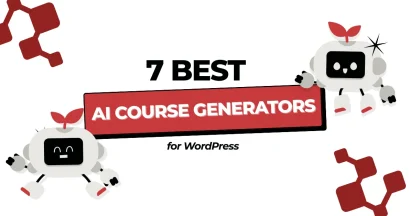Artificial intelligence has dramatically changed the creative landscape, and nowhere is this more visible than with AI image generators. From hyper-realistic portraits to fantastical landscapes, these powerful tools are transforming simple text prompts into breathtaking visuals. They’re no longer just a niche for tech enthusiasts; they’re everywhere—powering social media content, marketing campaigns, and even award-winning art.
If you’re ready to explore this exciting technology, you’ve come to the right place. This guide is designed to help you navigate the ever-growing market and find the best AI image generator for your specific needs, whether you’re a professional designer, a curious artist, or someone just looking to have fun.
We’ll explore the top contenders, including the best free AI image generator options available today.
Eduma – Education WordPress Theme
We provide an amazing WordPress theme with fast and responsive designs. Let’s find out!
What They Don’t Tell You About AI Image Generator
AI image generators create pictures through a process of learning and creativity. These tools are trained on massive datasets that contain billions of image-and-text pairs. By analyzing this data, the AI learns how to connect words with visual elements, art styles, and objects.
For example, it understands what a dog looks like, the details of an impressionist painting, or the mood of a cyberpunk city. This ability allows the AI to create realistic and artistic images from a simple text prompt.
From Text to Image: The Process
When you type in a prompt, the AI often uses a technique called a diffusion model. It begins with a digital canvas full of random noise, similar to static on a TV screen. Step by step, the AI refines this noise until it matches its interpretation of your description.
This method makes it possible to generate highly detailed and unique images from scratch. The only limits are your imagination and how clearly you describe what you want.
⭐Pro-Tip: Start With a Clear Vision
The quality of the image you receive is almost always directly related to the quality of your prompt. Before you start typing, take a moment to visualize the result you want: What is the style? The setting? What emotion do you want to convey?
A clear idea will lead to a much more effective prompt.
Top Picks for the Best AI Image Generators
After extensive testing and comparison, we’ve narrowed down the field to the top performers. Each of these can be considered one of the best generative AI tools in the visual space, so the right choice depends on your goals, budget, and skill level.
1. DeeVid AI
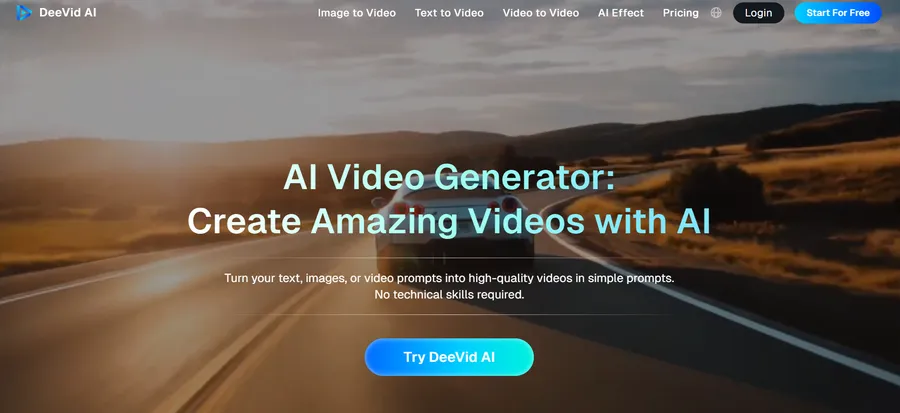
DeeVid AI Image Generator is an all-in-one creative toolkit that lets you generate, restyle, and edit images in a single streamlined workspace. With text-to-image, image-to-image, reference-guided consistency, and built-in tools like background removal, inpainting, and upscaling, it’s designed for both casual creators and marketing teams who want fast, ready-to-use visuals.
Pros:
- All-in-one workflow: generate, edit, and enhance without switching tools.
- Supports reference images and multiple advanced models for more consistent branding and styles.
Cons:
- Full power (higher limits and resolutions) requires moving beyond the free tier.
- Best results may require a bit of prompt and setting tuning, which can be a learning curve for complete beginners
- Web and mobile experiences, features, and limits can differ slightly depending on plan and latest updates.
Pricing:
DeeVid AI uses a credit-based model with a free trial (including 20 starter credits) and paid monthly plans starting in $10.
2. ChatGPT (with GPT-4o): The Best All-Rounder

For sheer ease of use, integration, and overall quality, OpenAI’s GPT-4o within ChatGPT is hard to beat. It has evolved from a simple text-to-image tool into a comprehensive creative partner.
What makes it a top contender for the best AI image generator is its conversational approach. You don’t need to learn complex commands; you simply describe what you want in plain language.
- Pros: Extremely user-friendly conversational interface; high-quality and coherent image generation; part of the broader ChatGPT ecosystem.
- Cons: Generation can be slower than some dedicated platforms; fewer granular controls compared to specialized tools.
- Pricing: Free users get limited access. Full capabilities are included with the ChatGPT Plus subscription ($20/month).
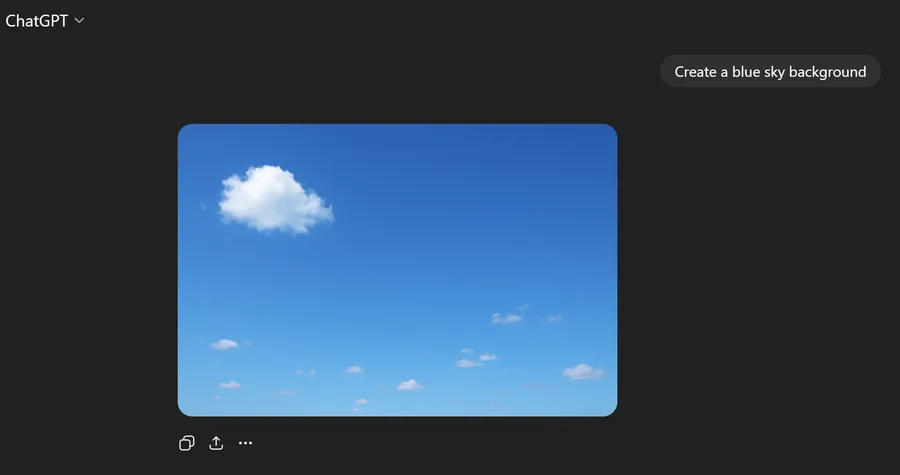
If the first result isn’t perfect, you can ask for adjustments like, “Make the sky a deeper shade of blue” or “Add a small boat on the lake.” This intuitive editing process makes it incredibly accessible for beginners while still producing professional-grade results.
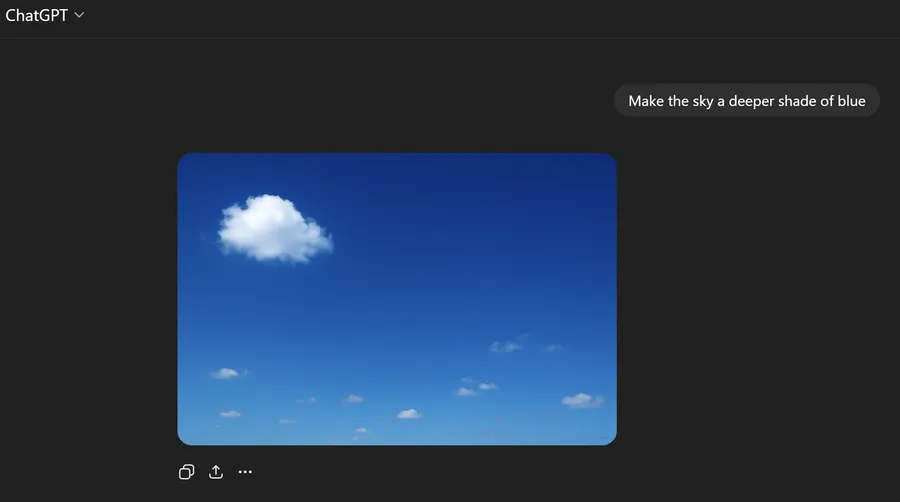
2. Adobe Firefly: The Professional’s Integrated Tool
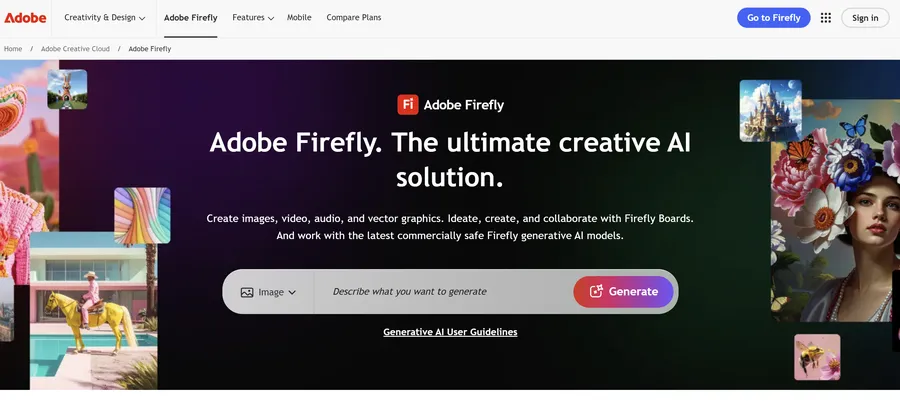
Adobe has seamlessly integrated its AI model, Firefly, into its ecosystem, most notably Photoshop. Much like how platforms such as Canva have integrated a suite of Canva AI generator tools, Adobe has made Firefly a core part of the professional workflow. It’s a prime example of the powerful AI design generators available today. Firefly was trained on Adobe’s stock library and public domain content, making it one of the safest choices for commercial use.
Its standout feature is Generative Fill in Photoshop. You can select any part of an image and replace or add elements with a simple text prompt. It’s an indispensable tool for photographers and designers.
- Pros: Flawless integration with Adobe Creative Cloud apps; designed to be commercially safe.
- Cons: As a standalone text-to-image generator, results can be less creative than Midjourney.
Pricing: Included with many Adobe Creative Cloud subscriptions, starting around
3. Ideogram: The Master of Text
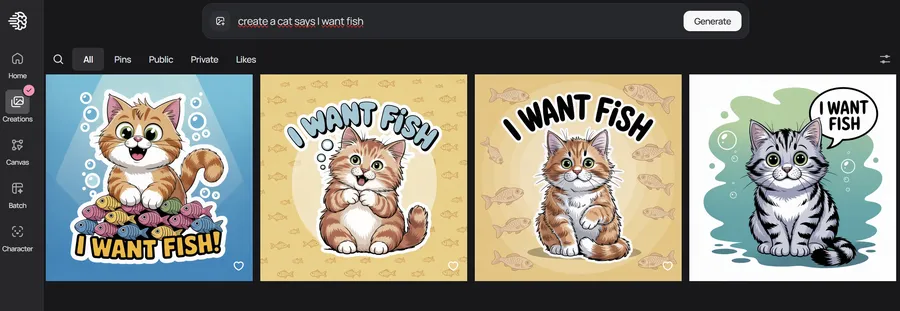
One of the biggest historical challenges for AI image generators has been rendering text accurately. Ideogram solved this problem.
Ideogram is arguably the best image generating AI when it comes to incorporating crisp, correct text into images. This makes it perfect for creating logos, posters, memes, or any design where typography is key.
- Pros: Best-in-class text rendering; intuitive web interface; offers a generous free plan to get started.
- Cons: Free plan has slower generation speeds and public images.
- Pricing: Limited free plan available. Paid plans start from $8/month. This makes it a strong candidate for the best AI image generator free to try.
4. Stability.ai: For Ultimate Control and Customization
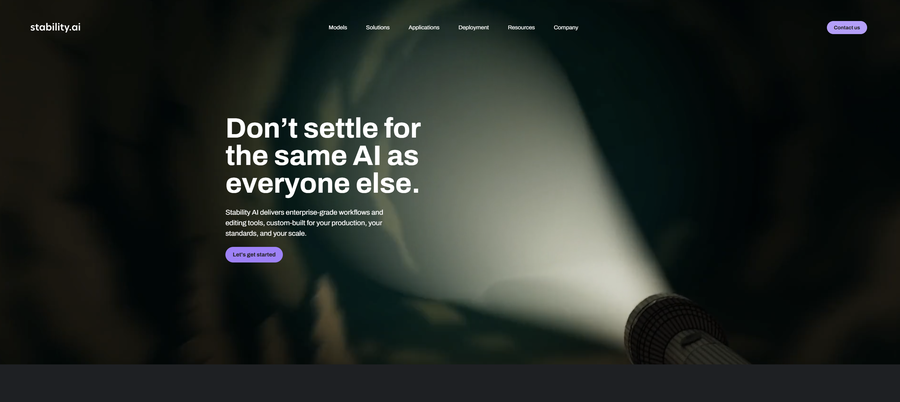
Stability.ai is not a single app but an open-source model that powers countless platforms. This makes it the champion of customization. For users who want to fine-tune models, train them on their own art styles, and have complete control over every aspect of generation, there is no better option.
- Pros: Open-source and highly customizable; massive community creating and sharing models; can be run for free on local hardware (if powerful enough).
- Cons: Can have a steep learning curve; quality can be inconsistent without the right settings.
- Pricing: Varies by platform, but many offer free credits to start.
5. Midjourney: The Artistic Choice
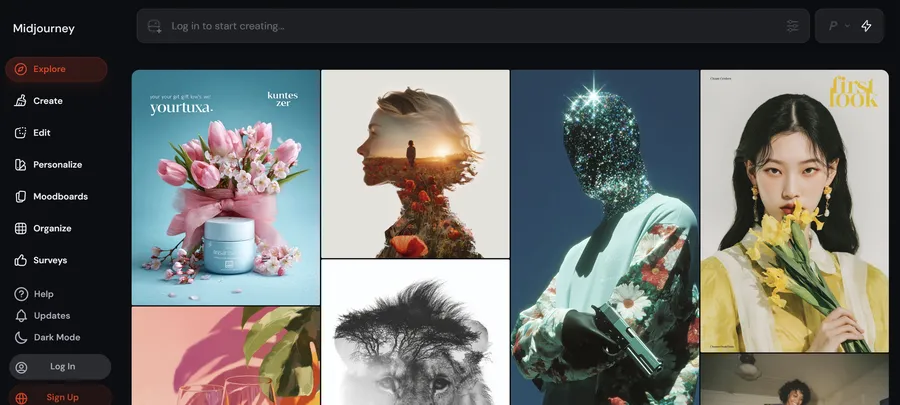
Midjourney has long been the gold standard for artistic and aesthetically pleasing results. It excels at creating images with a distinct, often dramatic, and highly detailed style that many other generators struggle to replicate.
Midjourney’s strength lies in its ability to interpret prompts creatively, producing visually stunning compositions that often feel like genuine works of art. Its vibrant community is also a huge asset, providing endless inspiration through a public gallery of creations. If your primary goal is to create beautiful, artistic imagery, Midjourney is an exceptional choice.
- Pros: Consistently produces some of the most visually appealing AI art; powerful features for upscaling and style consistency.
- Cons: Free trials are often suspended due to high demand; images are public by default on lower-tier plans.
- Pricing: Plans start at $10/month for approximately 200 image generations.
Mastering the Art of the Prompt
Even the most powerful tool is only as good as the instructions you give it. Learning to write an effective prompt is the key to unlocking its true potential. A great prompt often includes these elements:
- Subject: Describe your main focus. Instead of just “a car,” try “a classic red sports car.”
- Style: Define the aesthetic you’re aiming for. Examples: “oil painting,” “cinematic photo,” “Ghibli-inspired art,” “minimalist vector illustration.”
- Setting & Lighting: Place your subject in a scene. Examples: “on a coastal road at sunset,” “under the neon lights of a rainy city,” “soft natural morning light.”
- Extra Details & Keywords: Fine-tune the result with powerful adjectives. Examples: “hyper-detailed,” “photorealistic,” “wide-angle shot,” “8K.”
A Practical Example:
- Simple Prompt: a lion
- Advanced Prompt: A majestic lion with a golden mane, portrait photography, powerful and wise expression, set against a dramatic Serengeti sunset, cinematic lighting, hyper-detailed, 8K
What can you use these tools for beyond creating fun, random images? Here are a few ideas:
- For Marketers & Content Creators:
- Generate unique images for education blog posts and social media.
- Rapidly design ad concepts and banners.
- Create product mockups in various settings to boost your branding.
- For Designers & Artists:
- Quickly generate mood boards and concept art.
- Break through creative blocks with new inspiration.
- Create graphic assets like icons, textures, or backgrounds for larger projects.
- For Education & Presentations:
- Create custom illustrations for lectures and slideshows.
- Visually represent scientific concepts or historical events.
Conclusion: Your Creative Journey Starts Now
The era of powerful AI image generation is no longer in the future—it’s here. As we’ve explored, the tools available today offer incredible creative potential for everyone, from artists to marketers. The best AI image generator for you will depend on your unique needs and artistic style.
The key is to start experimenting. Try the free options, play with different prompts, and discover which platform best brings your vision to life. So, pick a tool, write your first prompt, and begin your journey into the future of digital expression today.
FAQs
1. What is the absolute best AI image generator for beginners?
For absolute beginners, ChatGPT (with GPT-4o) is the top recommendation. Its simple, conversational interface requires no technical knowledge. You just type what you want to see, and it creates it for you.
2. Can I use AI-generated images for commercial purposes?
This is a complex legal area. Tools like Adobe Firefly are specifically designed to be "commercially safe." For others like Midjourney, paid plans typically grant you commercial rights to the images you create. However, copyright law for AI-generated art is still evolving, so it's always best to check the terms of service for the specific tool you're using.
3. Which is the best AI image generator free with no limits?
Currently, no high-quality AI image generator is completely free without any limits. Open-source models like Stability.ai can be run on your own hardware for free, but this requires a powerful computer and technical setup. Most services operate on a "freemium" model, offering a free tier with limitations on speed or quantity.
4. How do I write good prompts for an image generating AI?
The key is to be descriptive and specific. Instead of "a dog," try "a photorealistic portrait of a happy golden retriever puppy sitting in a field of daisies during a golden sunset, soft lighting." Include details about the subject, style, lighting, composition, and mood, as outlined in our prompt guide above.
5. Are AI image generators difficult to use?
Not anymore! While early tools were complex, modern platforms like ChatGPT, Ideogram, and Midjourney's web app are incredibly user-friendly. If you can describe what you want in a sentence, you can start creating amazing images in minutes.
Read more: Elevate Your Courses: Top 8 WordPress Themes for LearnPress
Contact US | ThimPress:
Website: https://thimpress.com/
Fanpage: https://www.facebook.com/ThimPress
YouTube: https://www.youtube.com/c/ThimPressDesign
Twitter (X): https://twitter.com/thimpress
